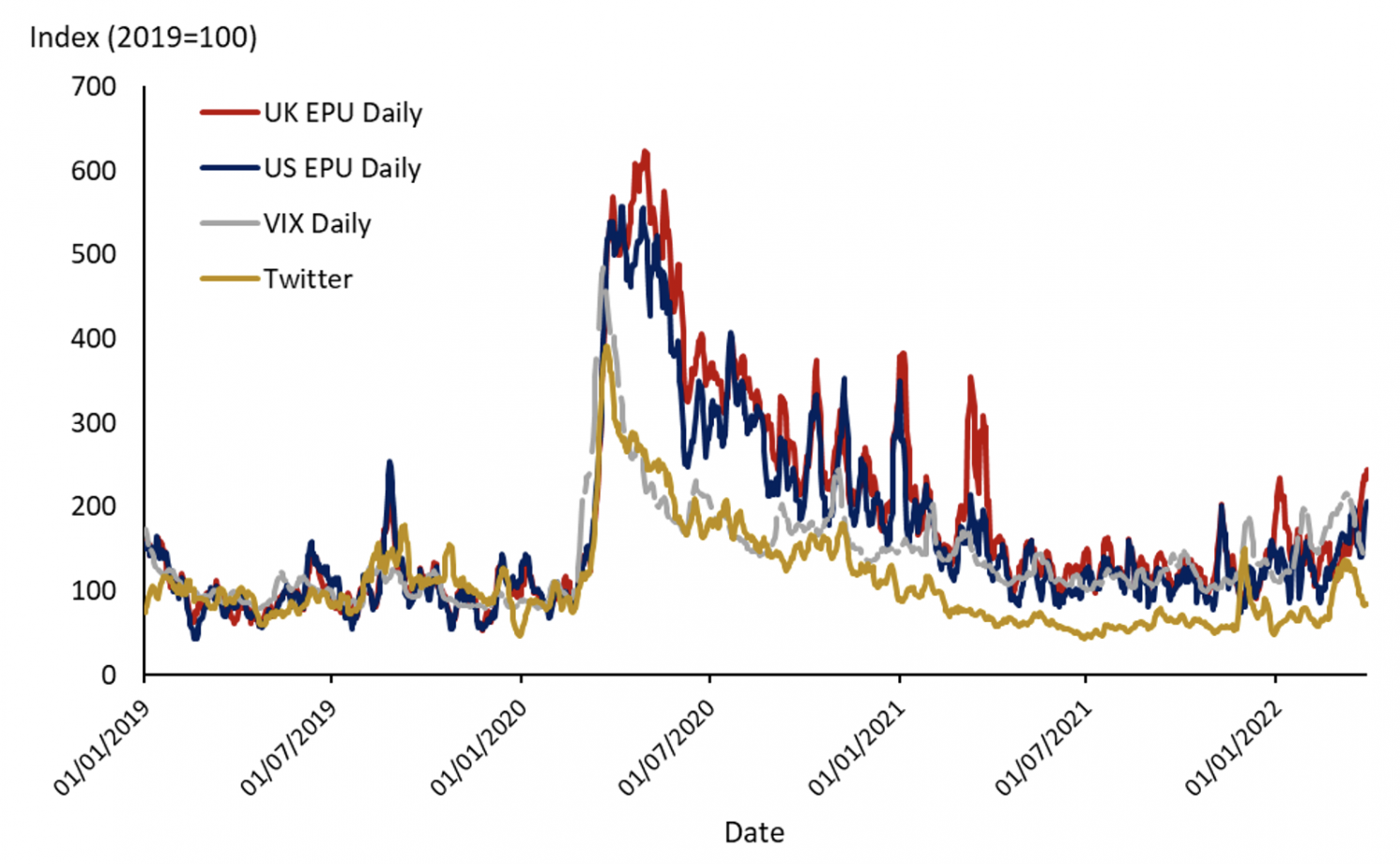Ukraine Conflict: Economic Realities Unveiled


Unveiling Economic Realities Amidst the Ukraine Conflict
The ongoing conflict in Ukraine has brought about not only geopolitical tensions but also profound economic implications. This article aims to dissect the economic realities that have unfolded in the midst of the Ukraine conflict, shedding light on the challenges faced by the nation’s economy and the imperative for a comprehensive understanding.
The Intersection of Conflict and Economic Realities
Conflict zones often witness a complex interplay of factors, where economic realities are deeply intertwined with the dynamics of war. In the case of Ukraine, the economic landscape has been significantly shaped by the conflict, presenting a nuanced set of challenges that extend beyond the immediate impact of military operations.
Humanitarian Consequences and Economic Strain
One of the stark economic realities is the humanitarian crisis precipitated by the conflict. The allocation of resources towards military endeavors diverts funds from essential social services, leading to a strain on the economy. This dual challenge underscores the urgent need for addressing both the immediate humanitarian concerns and the long-term economic stability of the nation.
Link to Comprehensive Analysis: Ukraine Conflict Economic Realities
For an in-depth analysis of the economic realities unfolding in the wake of the Ukraine conflict, refer to this comprehensive resource. Delve into the nuanced factors and intricate dynamics that contribute to the economic challenges faced by Ukraine, offering valuable insights for a holistic understanding.
Trade Disruptions and Global Ramifications
The conflict in Ukraine has not remained confined within its borders; its economic repercussions have resonated globally. Trade disruptions, arising from severed trade routes and geopolitical uncertainties, have led to a domino effect on the international market. The global ramifications emphasize the interconnectedness of economies in our increasingly globalized world.
Economic Realities: Balancing Immediate Needs and Long-Term Stability
Navigating economic realities in times of conflict requires a delicate balance between addressing immediate needs and ensuring long-term stability. While there is a pressing need for humanitarian aid and immediate economic relief, a strategic vision for rebuilding and sustainable development is equally crucial for the nation’s future.
Reconstruction Initiatives and International Collaboration
Rebuilding a nation’s economy in the aftermath of conflict necessitates comprehensive reconstruction initiatives. International collaboration becomes paramount, with nations and organizations coming together to provide both financial and technical support. The joint efforts aim not only to repair physical infrastructure but also to lay the foundations for a resilient and self-sustaining economy.
Economic Realities: Diversification as a Strategic Imperative
A strategic imperative in facing economic realities post-conflict is diversification. Over-reliance on a single economic sector can heighten vulnerabilities. By diversifying the economy and promoting various industries, nations like Ukraine can mitigate risks and foster a more resilient economic framework.
Innovation and Technology: Catalysts for Economic Renewal
Harnessing innovation and technology serves as a catalyst for economic renewal. Investments in research and development, coupled with policies that encourage technological advancements, position nations for growth even amidst challenging economic realities. Innovation becomes a key driver for revitalizing industries and creating new economic opportunities.
Government Policies: Steadfast Leadership for Economic Stability
Steadfast government policies play a pivotal role in navigating economic realities. Clear and adaptive policies that prioritize economic stability, support local businesses, and attract investments are essential components of a recovery strategy. Leadership is crucial in guiding the nation through the intricate process of economic renewal.
Community Resilience: A Pillar of Economic Recovery
Amidst economic challenges, community resilience emerges as a crucial pillar for recovery. Engaging and empowering local communities fosters social cohesion and contributes to overall economic resilience. It is the collective strength and determination of the people that form the bedrock of sustainable economic recovery.
Conclusion: Charting a Course for Economic Renewal
In conclusion, the economic realities brought about by the Ukraine conflict underscore the need for a comprehensive and multifaceted approach to recovery. By understanding the complex interplay of factors, embracing international collaboration, and implementing strategic initiatives, nations can chart a course for economic renewal. The link between economic stability and conflict resolution becomes apparent, emphasizing the importance of addressing both humanitarian and economic dimensions for a sustainable future.







